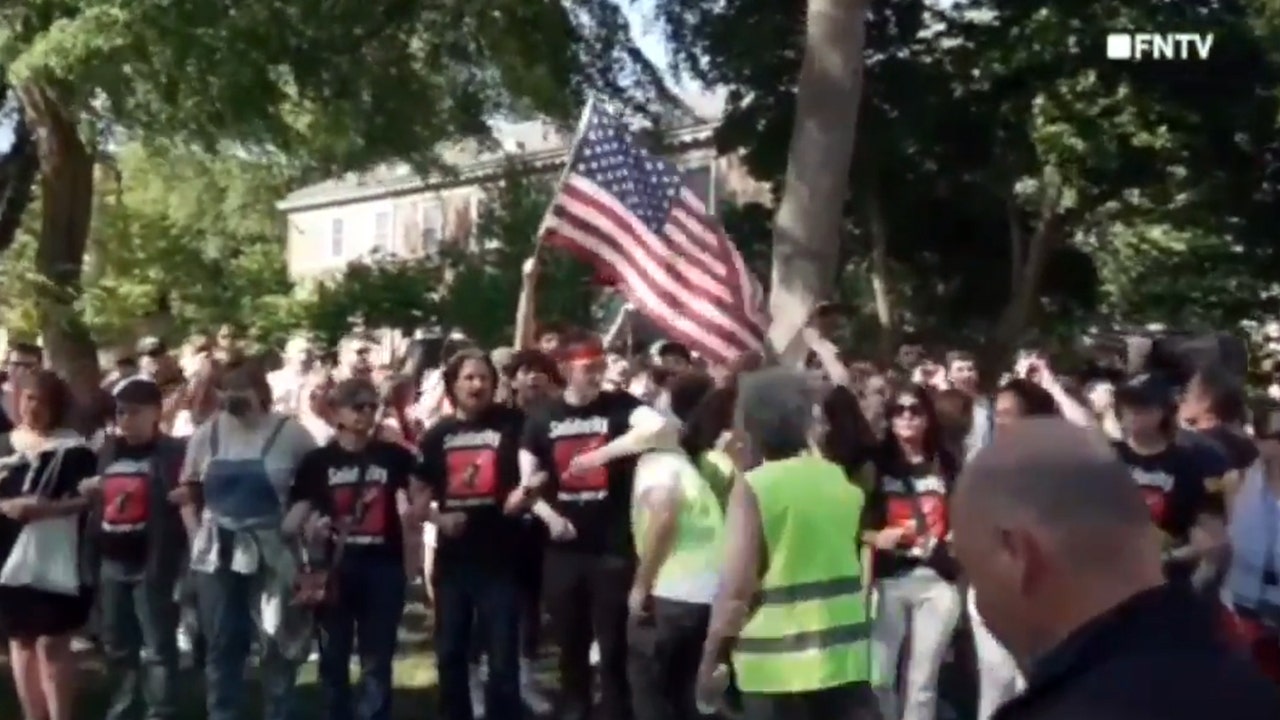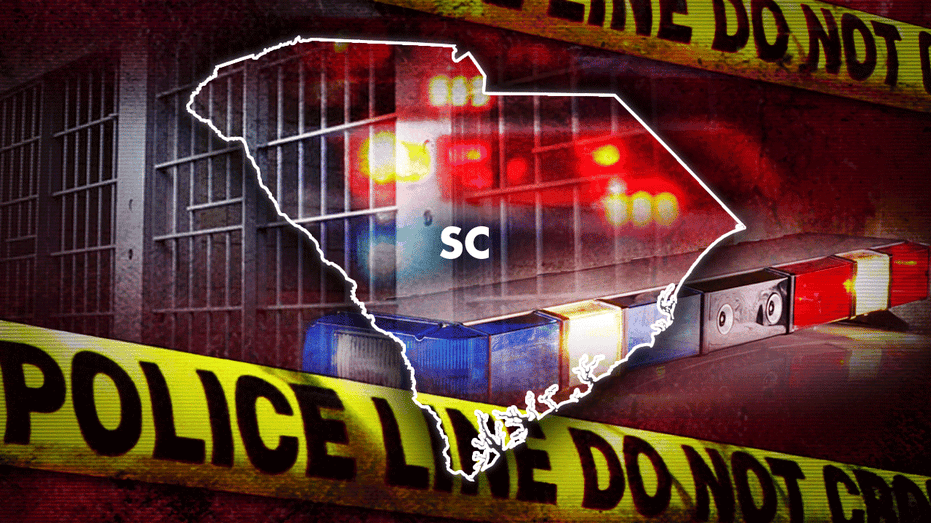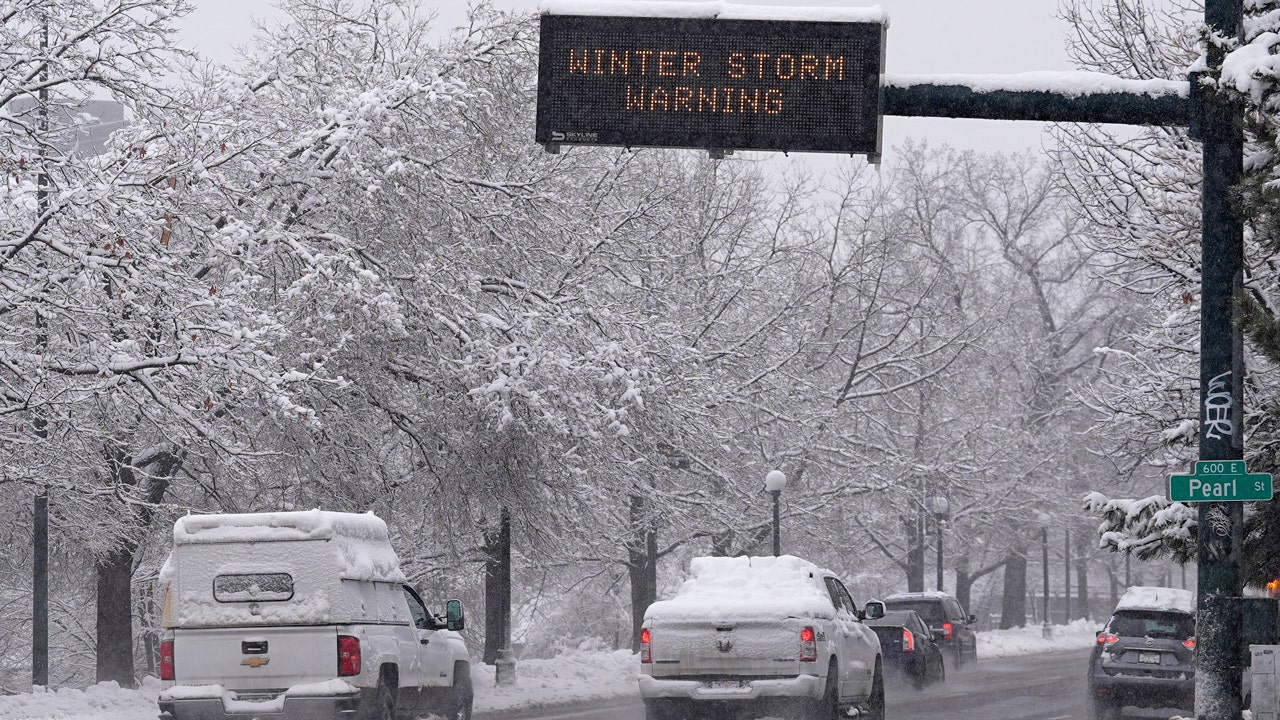Jeanette Batchelor-Young had been tracing her roots for years when she received a message that would change what she knew about her origin story. There were still so many blanks in her family history: Mrs. Batchelor-Young had lived with her father briefly until his death and then she was adopted. She knew the name of his mother and grandmother, but not much more.
The message came from a forensic lab, and it revealed a twist to Mrs. Batchelor-Young’s understanding of her paternal family’s journey from a tiny farming community in Texas to Northern California. Turns out there has been a stop — possibly, a very consequential stop — in Tulsa, Okla., in the 1920s.
Mrs. Batchelor-Young, 64, learned she might be a relative of one of the victims of the 1921 Tulsa Race Massacre. Her DNA matched that of remains exhumed from a local cemetery as part of the city’s effort to identify the victims of the massacre through living relatives.
“I have had so many questions about my family on my father’s side,” Mrs. Batchelor-Young said. “I wanted to know more about who and where I come from.”
The massacre, among the most horrific racial attacks in American history, left Tulsa’s Greenwood district, a Black neighborhood, in smoldering ruins. The death toll is estimated between 36 and 300. Many survivors scattered to parts unknown, taking with them clues about who lived and died in the neighborhood.
Some of those who were killed were identified in the aftermath of the massacre, but others were not. According to city officials, only 26 death certificates were issued in 1921 in connection to the massacre, and newspaper reports from June of that year said that 18 adult male victims were buried in Oaklawn Cemetery. A definitive death toll is still unknown, as rumors and reports of bodies being thrown down mine shafts or dumped into the Arkansas River have circulated over the decades.
More than a century later, many of the economic and social scars remain, along with an enduring, painful question: Who perished in the massacre?
Some answers, all these decades later, may finally be uncovered.
In 2020, the city began excavating a section of Oaklawn where evidence of a mass gravesite was found. It was a major step to solving a historic cold case, an ambitious mission that started with unmarked graves in what was once a potter’s field, moved forward in time to the living then traveled back in time to the dead.
Researchers are working to match DNA samples extracted from the burial remains to those in two national DNA databases. They have now identified dozens of people who share the most DNA with the burial remains, all likely distant relatives, such as a first or second cousin, several times removed. The best-case scenario would be a descendant such as a great-grandchild.
“To be able to tie back to any of the burials is finally a step forward, a concrete piece of information on a subject that has had no new information for such a long time,” said Alison Wilde, the genealogy case manager for the project. “We are talking about trying to find a name and a narrative of a real person tied to someone living today.”
The investigation relies on science, records and fading and often uncertain family memories. Investigators face a world of unknowns: over a century of time, spotty documentation and few names (and various spellings) of victims and relatives. If researchers are able to make positive identifications using investigative genetic genealogy methods, the process can be applied to other mass graves, said Danny Hellwig, director of laboratory development at Intermountain Forensics, the nonprofit lab working with the city to identify exhumed remains.
“We are hoping to run into stories like, ‘I heard my mom talking about her uncle so-and-so and he had gone west and nobody ever heard from him again,’” said Ms. Wilde, who is also the director of the genetic genealogy program at Intermountain Forensics. Once the remains are identified, “then we would do a real deep dive into that person’s life in hopes of answering the question: Was he or she alive after June 1, 1921?”
Last fall, researchers told Walter Richard Harrington II, a retired library employee living near Cleveland, that he was connected by DNA to Burial 13, the ID for the remains of a woman, through his mother, whose maiden name was Meadows. No apparent gunshot wound or signs of trauma were present.
“As soon as I found out about the DNA match, I called the oldest person in the family, my 87-year-old cousin, who recalled we had an aunt living in Tulsa,” he said. “But she didn’t remember what happened to her. I am hoping we can dig more and find out.”
Last year, Mayor G.T. Bynum of Tulsa announced that the project, called the 1921 Graves investigation, had reached a major scientific breakthrough. The exhumed remains of 22 individuals had provided enough genetic material to create six DNA profiles that were traced to living relatives.
The investigation linked the DNA profiles to 19 possible surnames in seven states: Alabama, Georgia, Louisiana, Mississippi, North Carolina, Oklahoma and Texas. Families with matching surnames — and a history in Tulsa — are asked to reach out to submit their DNA and share their stories.
This spring, just before the 103rd anniversary of the massacre, officials added two more profiles from previously exhumed burials. But they say they need more DNA from relatives.
Researchers caution that they are not yet certain whether the remains belong to victims of the massacre. Either way, the identifications would advance the investigations and offer clues into burial patterns at the cemetery.
“Even if it’s a ‘normal’ death, these are all individuals lost to history, and they deserve to get their name back,” said Mr. Hellwig.
The Tulsa Race Massacre began on May 31, 1921, with a false accusation. A white mob stormed a courthouse where a young Black man was being held over allegations that he had attacked a young white woman. The man was eventually cleared, but when the group of white men confronted a group of Black men, shots were fired and a fight broke out, foreshadowing what was to come hours later.
The mob descended on Greenwood, a prosperous community known as Black Wall Street, and burned much of it to the ground. In addition to the deaths, hundreds more were injured and around 8,000 were left homeless.
After the massacre, Tulsa officials erased the historical record. Victims were buried in unmarked graves and records went missing. For many of the families who lost loved ones that spring, there has been little closure.
No person or entity was ever held accountable for the deaths or the destruction, though three centenarian survivors filed a reparations lawsuit in 2020, arguing the massacre had created entrenched economic and social disparities. That suit was dismissed by the Oklahoma Supreme Court in June.
For Mrs. Batchelor-Young, who is biracial, the search for her Black father’s side of the family had yielded several clues before she was told of her possible Tulsa connection. She had already learned the woman who adopted her was her father’s aunt. And she had already been in contact with her white mother and knew much more about that side of her family.
Mrs. Batchelor-Young’s father, Albert Williams, was born in Sealy, Texas, in 1907, served in the Army and worked at a service station in his later years. She learned his grandmother’s maiden name was Bremby.
It would be years before new information emerged, this time from the grave investigation. During a Zoom call in September, researchers told Mrs. Batchelor-Young that her DNA and paternal family history — the Bremby name and births in Austin County, Texas — matched those of Burial 13.
The research is now focused on Mrs. Batchelor-Young’s great-grandmother and great-aunts: three sisters — Annie, Lucy and Francis Bremby — all born in Texas in the mid- to late 1800s. At least one of the sisters spent time in Tulsa.
For Mrs. Batchelor-Young, any new details about her family history — whether connected to the massacre or not — serves a higher purpose.
“It gives me a sense of just feeling like I belong,” she said, “to someone, somewhere.”






